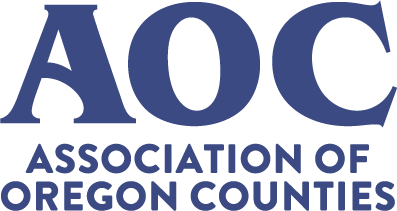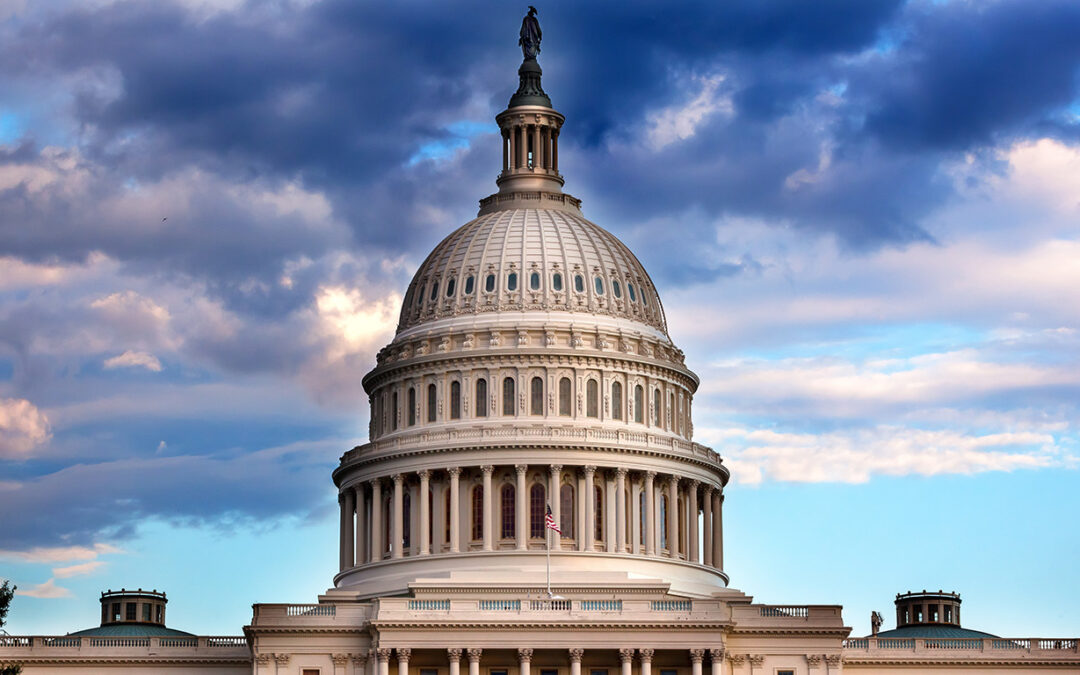On December 23, 2022, the U.S. Congress enacted a Fiscal Year (FY) 2023 omnibus appropriations bill to fund the federal government through September 30, 2023. Enactment of the omnibus followed a series of Continuing Resolutions (CR) to fund the federal government and avert a government shutdown since the beginning of the federal fiscal year on October 1, 2022. President Biden signed the $1.7 trillion omnibus appropriations bill into law on December 29, 2022.
For the second year in a row, discretionary spending levels for FY 2023 were not limited by statutory spending caps prescribed by the Budget Control Act of 2011. As such, the White House, congressional leadership, and top appropriators negotiated topline spending levels over several months.
The FY 2023 omnibus includes several key investments of importance to counties detailed in this report. These include, but are not limited to, full funding for the Payments in Lieu of Taxes (PILT) program and significantly invests in the RECOMPETE pilot program and technology hubs authorized by the bipartisan CHIPS and Science Act. These programs and others funded by the bill, including a $550 million increase in wildland fire suppression, will enable counties to provide critical services and plan for economic sustainability and growth in 2023.
The final omnibus represents a total of $1.7 trillion in discretionary spending across all 12 spending bills. Of this total amount, $773 billion is in non-defense discretionary spending, an increase of 5.9 percent over the comparable FY 2022 level, and $858 billion is in defense discretionary spending, an increase of 9.7 percent.
In addition to regular programmatic funding and extensions, the FY 2023 omnibus included nearly $10 billion in earmarks (rebranded as community project funding and congressionally directed spending), representing 4,000 projects, for the first time in nearly a decade, although with increased transparency and guardrails. As a result, hundreds of county programs and critical infrastructure projects aimed to better serve communities will receive direct federal investments.
The omnibus bill delivers on many county priorities which are detailed in the National Association of Counties (NACo) report here. Notably, during consideration of the final omnibus agreement, the U.S. Senate adopted an amendment to the package offered by Sens. John Cornyn (R-Texas) and Alex Padilla (D-Calif.) the bipartisan State, Local, Tribal and Territorial Fiscal Recovery, Infrastructure and Disaster Relief Flexibility Act. This amendment grants additional flexibility to county governments in investing resources from the American Rescue Plan’s (ARPA) Coronavirus State and Local Fiscal Recovery Fund, including infrastructure, community development, and disaster response. It will also provide the U.S. Department of the Treasury with much-needed resources to assist counties in deploying recovery funds.
This analysis includes funding highlights for key programs impacting counties. Click here to view NACo’s analysis.
Click here for the original article.
Contributed by: The National Association of Counties

